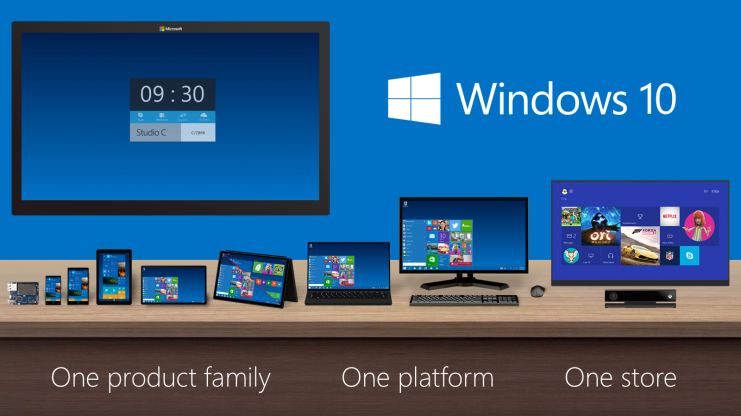On the last day of September of 2014, Microsoft unveiled proof that it had been listening to consumer complaints over Windows 8; Windows 10. In Windows 10, Microsoft scaled back the touch-friendly user interface (UI)and added back a true start menu. Redmond especially focused on its enterprise customers and power users by adding several new multitasking capabilities to its Windows refresh.
Taking cues from Apple’s OS X and Linux, Windows 10 now has the ability to easily let users see all running program windows and use and switch between multiple desktops at the same time. Coupled with more flexible and intuitive app snapping on the sides of the screen, the desktop qualities of the OS are emphasized in this release. Touch-optimized UI elements still exist to appease laptop hybrid and tablet users, but are clearly not as prioritized as the mouse-friendly elements.
While Microsoft also added improved searching and the ability to directly paste text from the clipboard onto the terminal, Windows 10 is essentially an unexciting rehash of Windows 7 and 8 with extra icing to conceal the fact that Redmond is baffled at how to push Windows forward without suffering backlash from users.
Windows 10 has an expected release date of late 2015 with a preview available on the first of November. The final release is expected to be free of charge or far less expensive than previous versions of Windows to existing Windows 7 and 8 users.
Written by Raymond Cao’17








